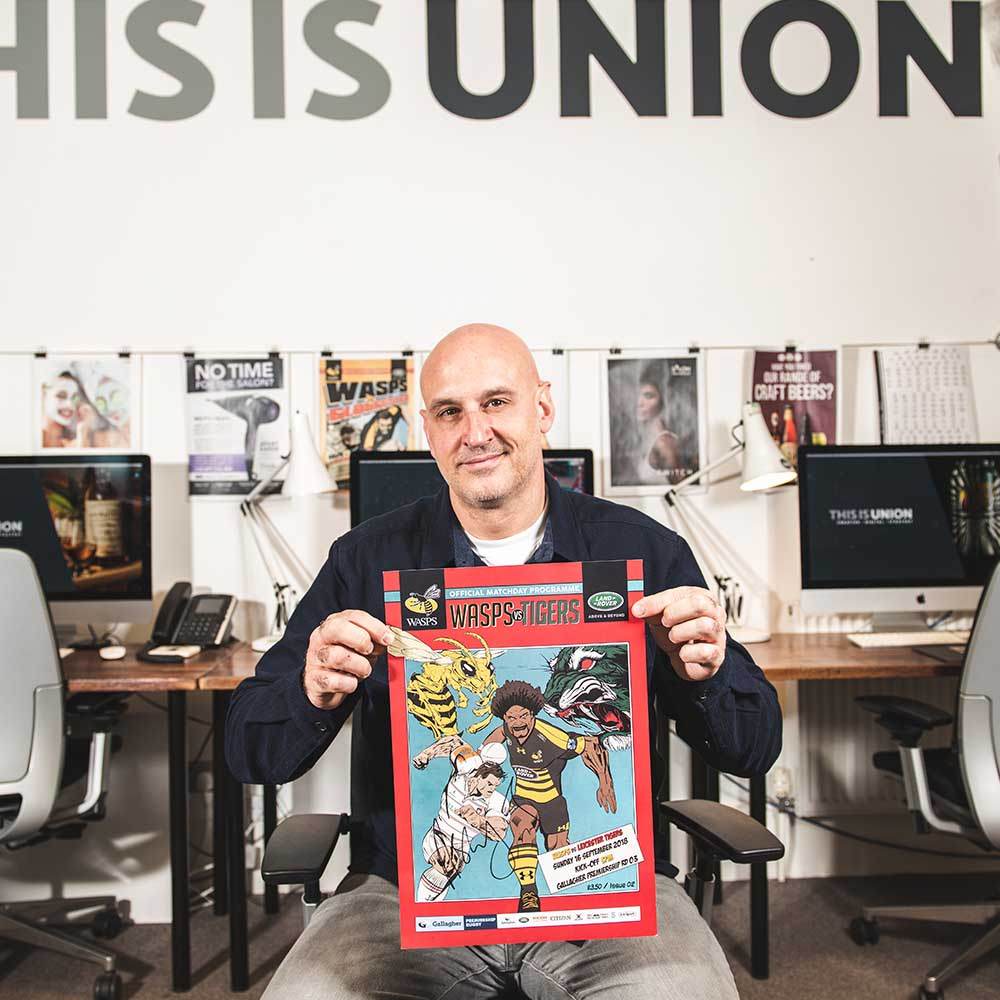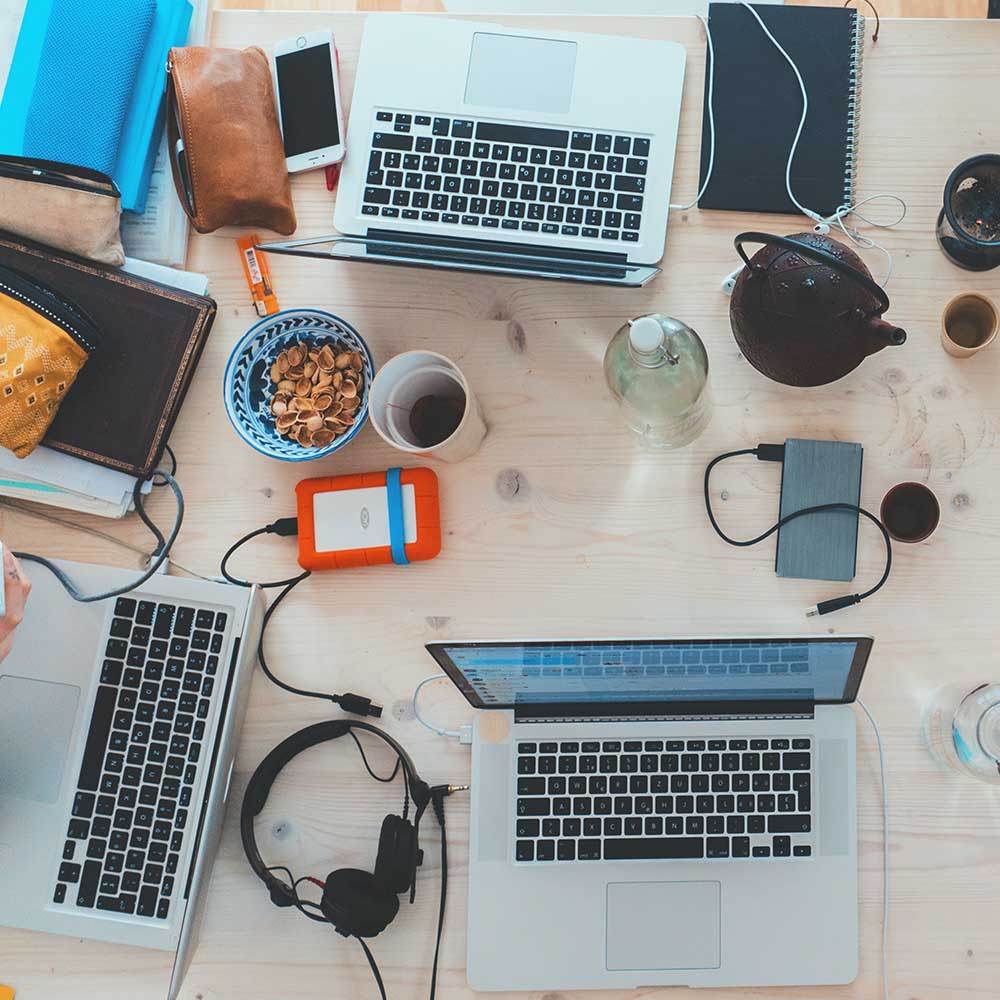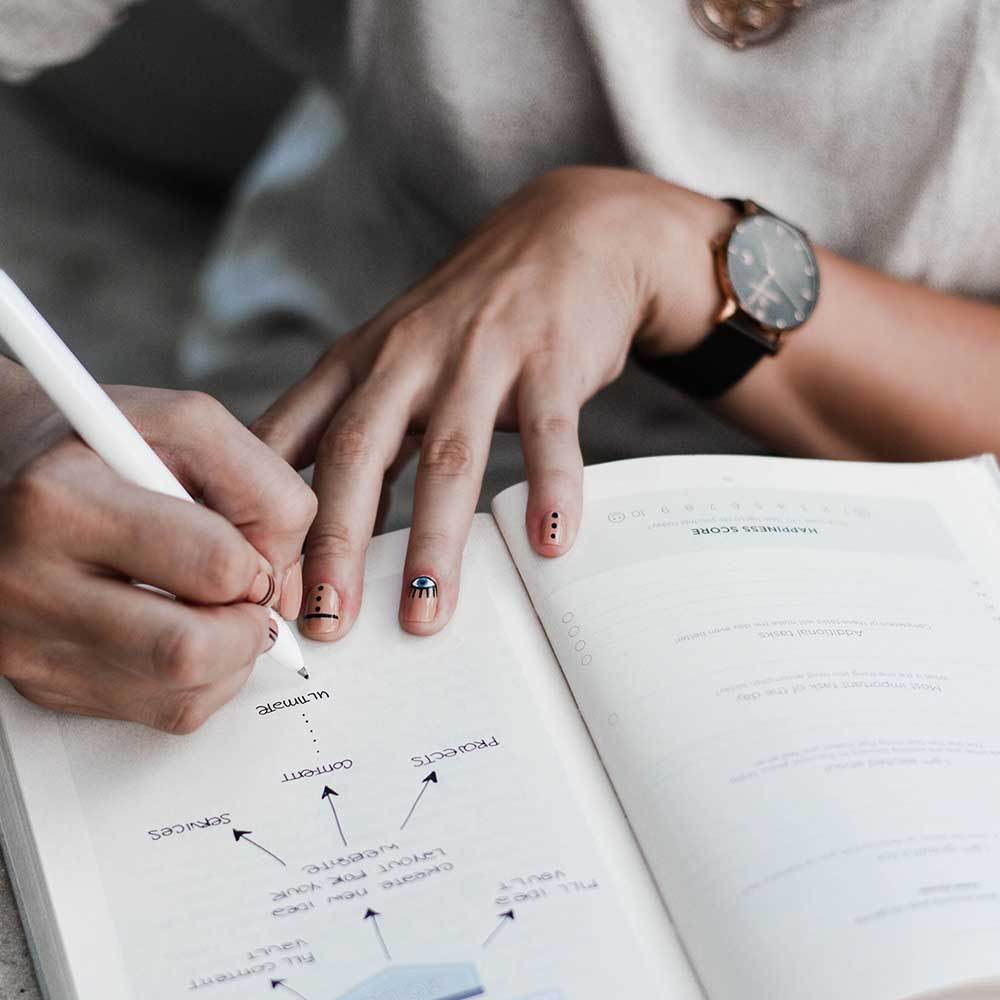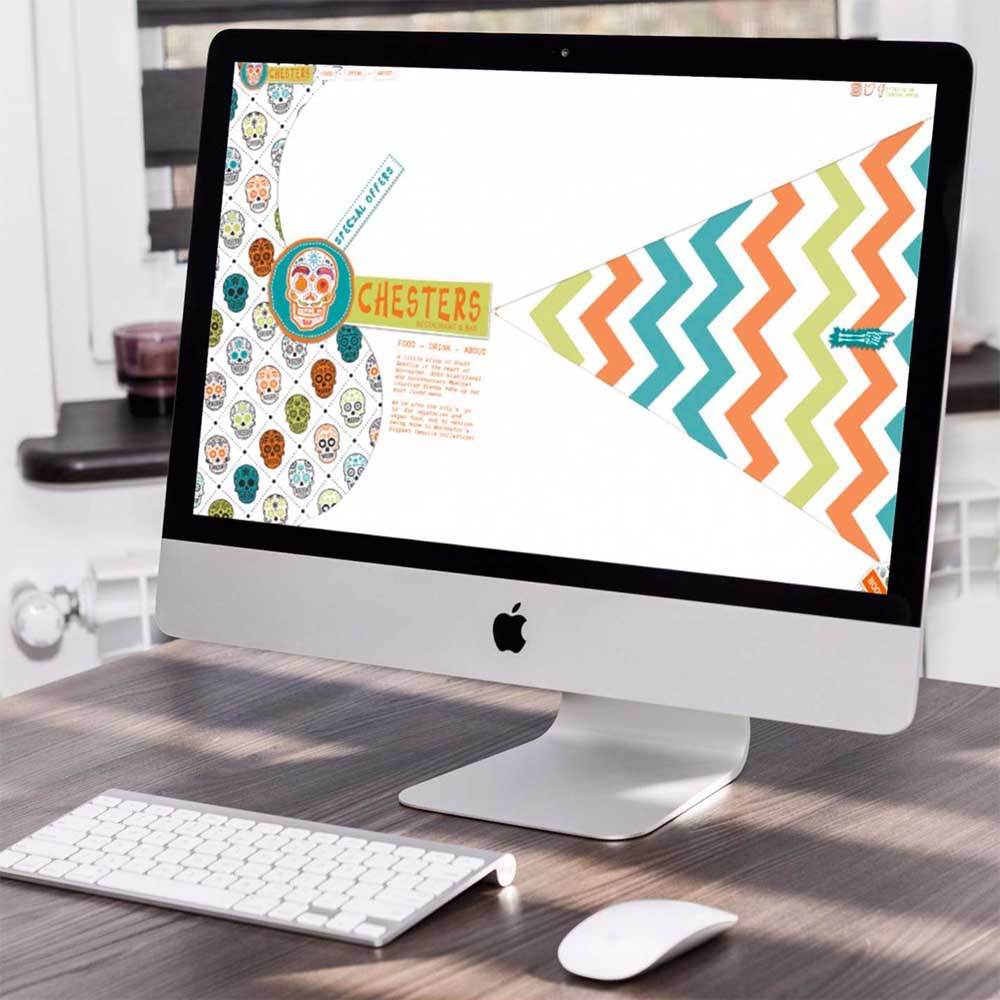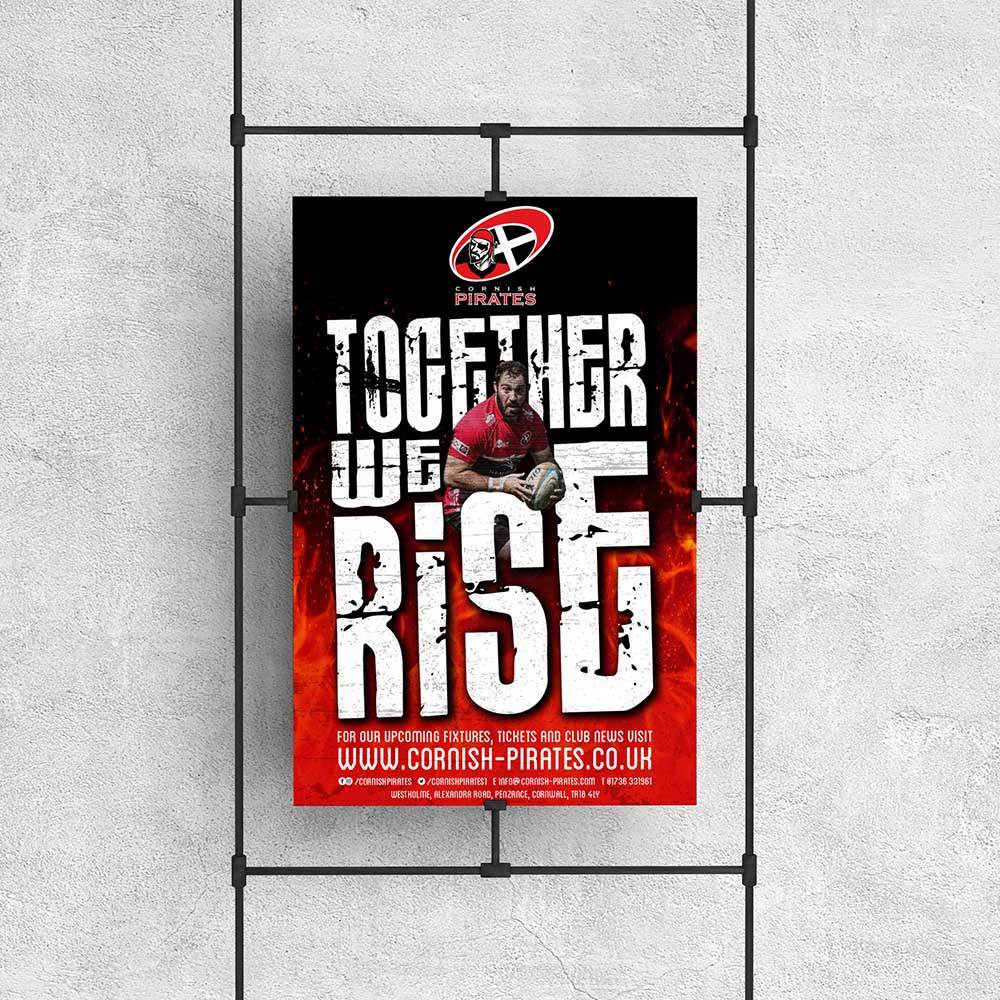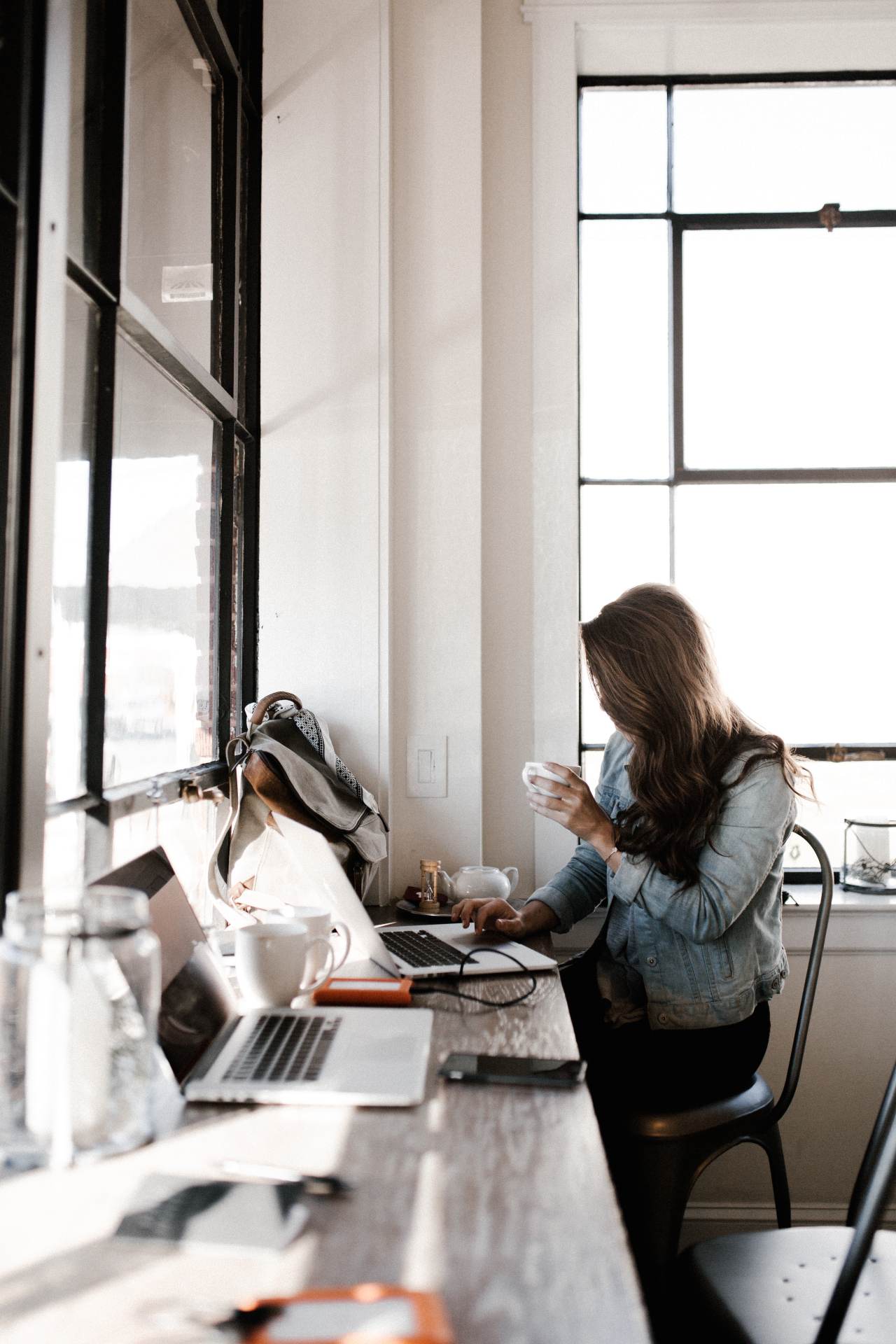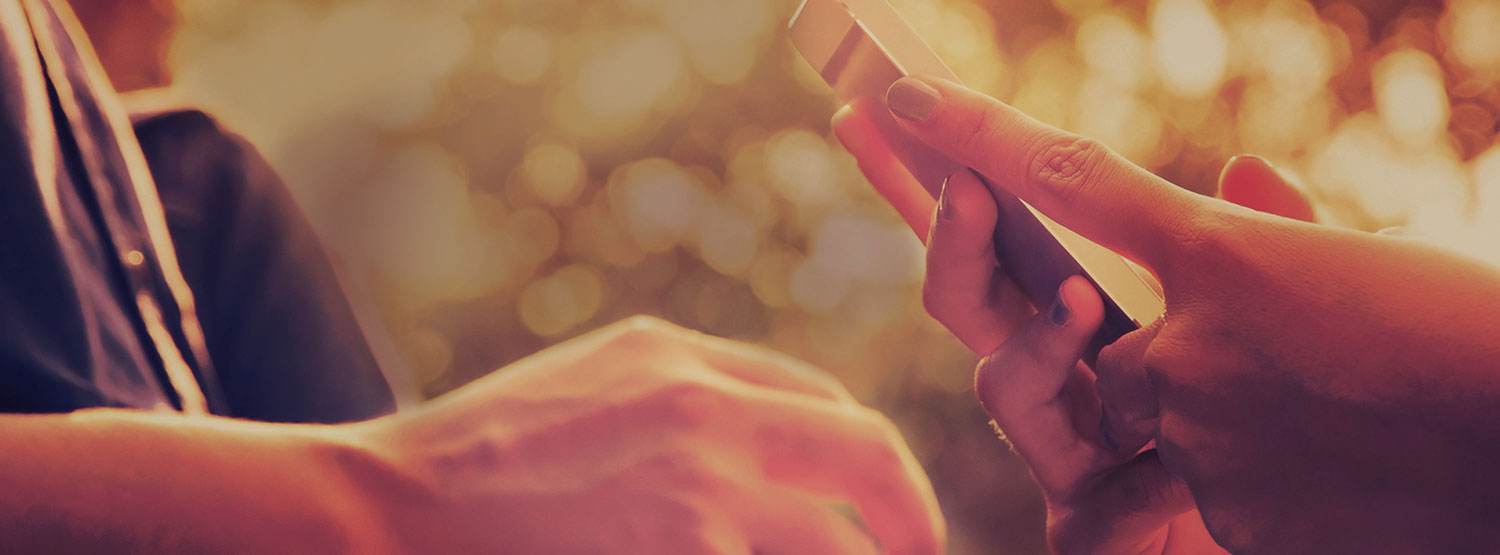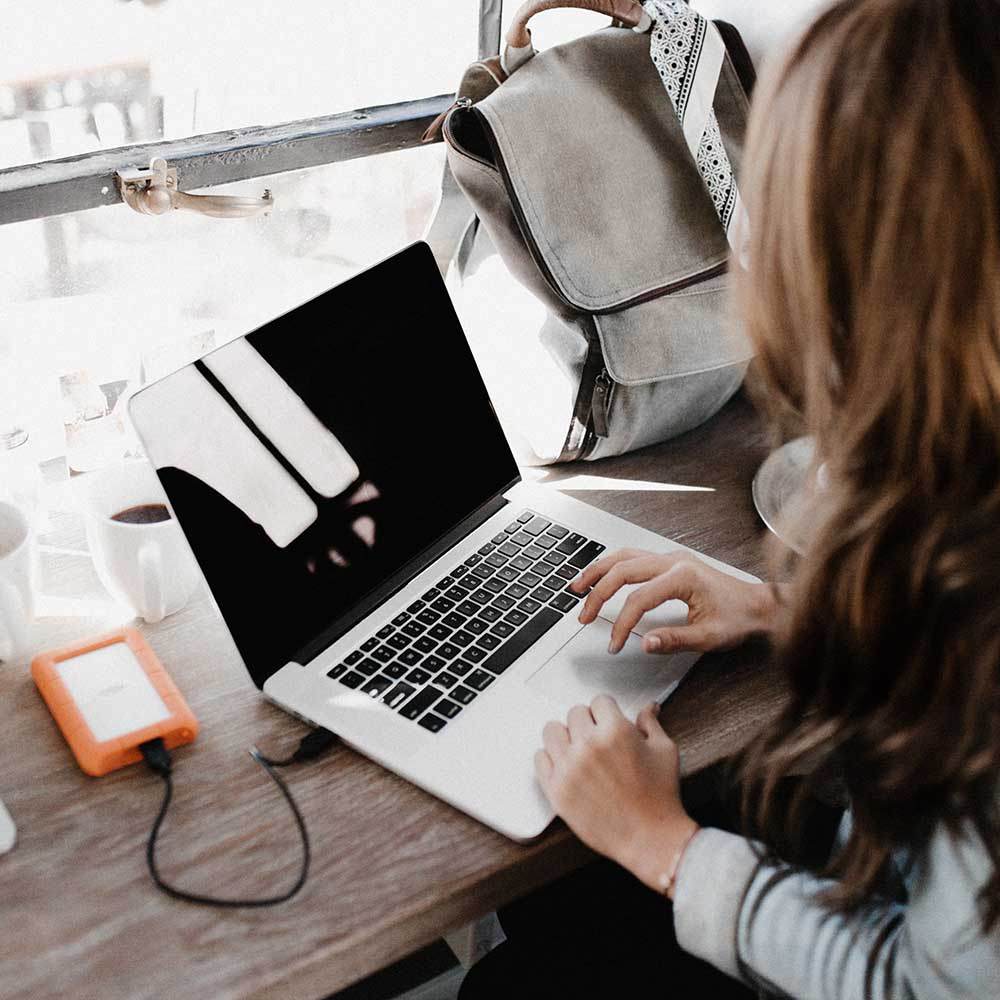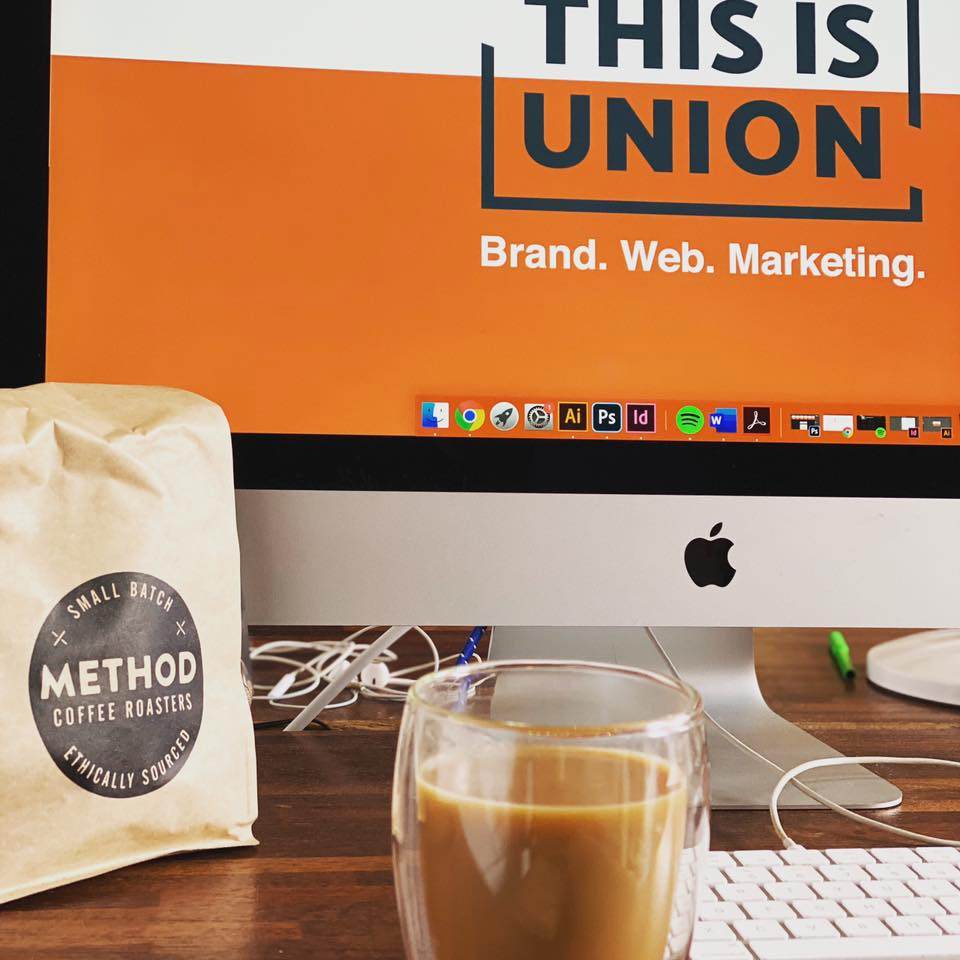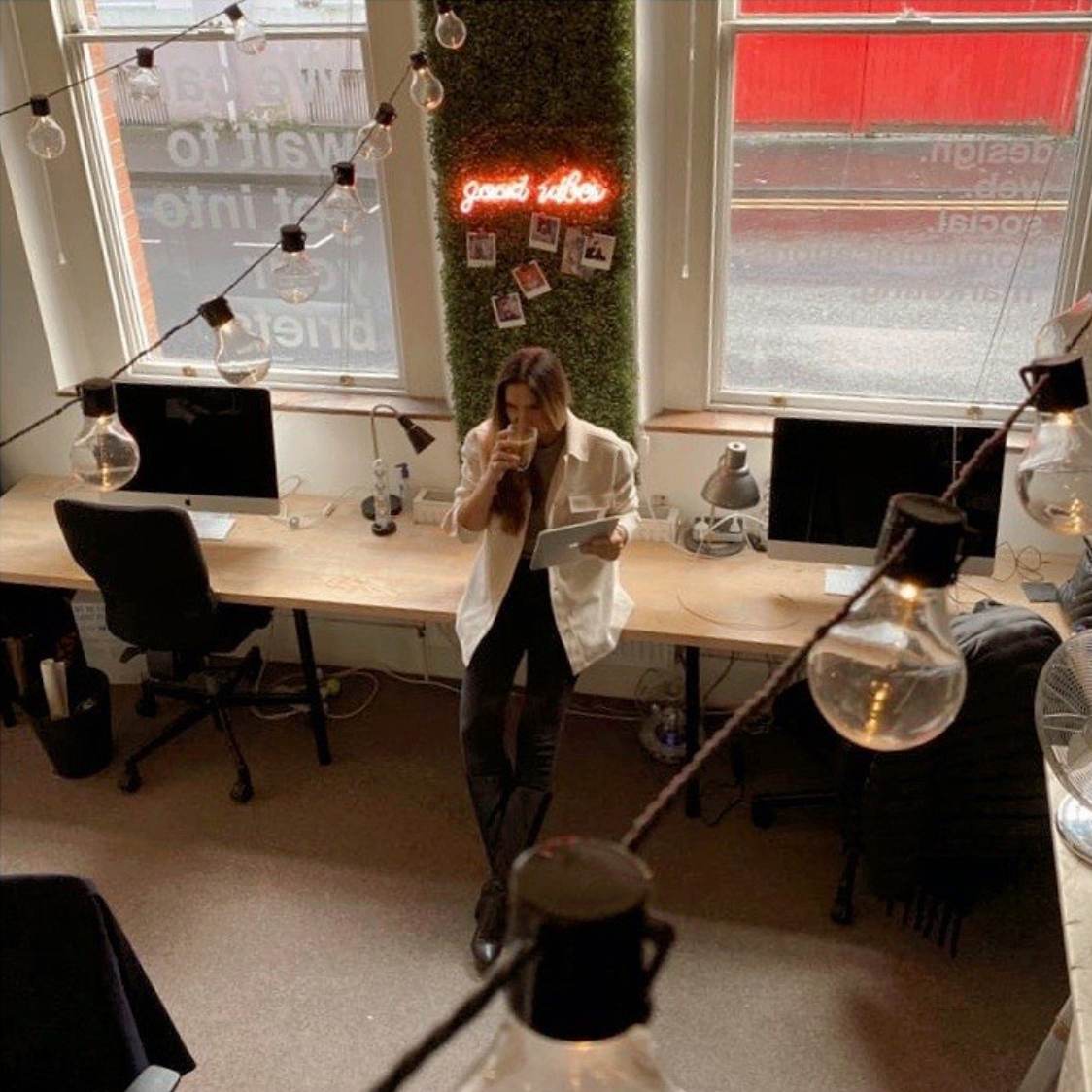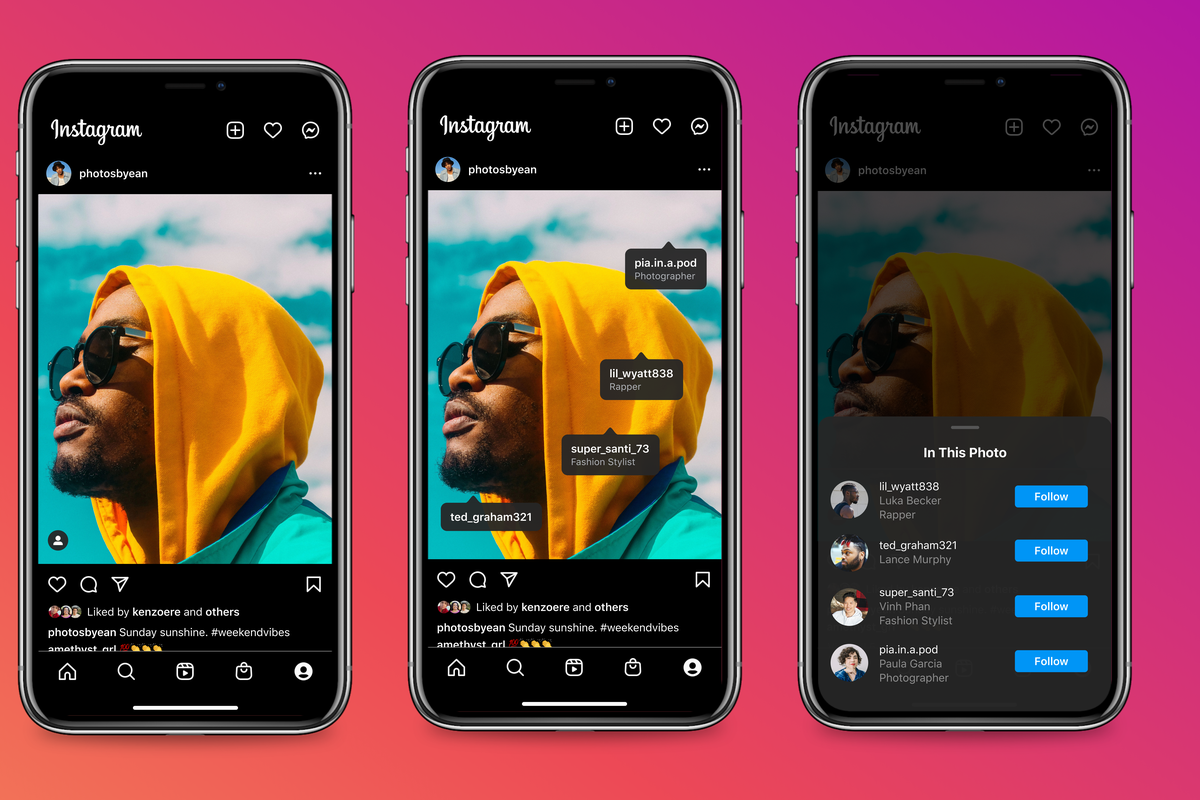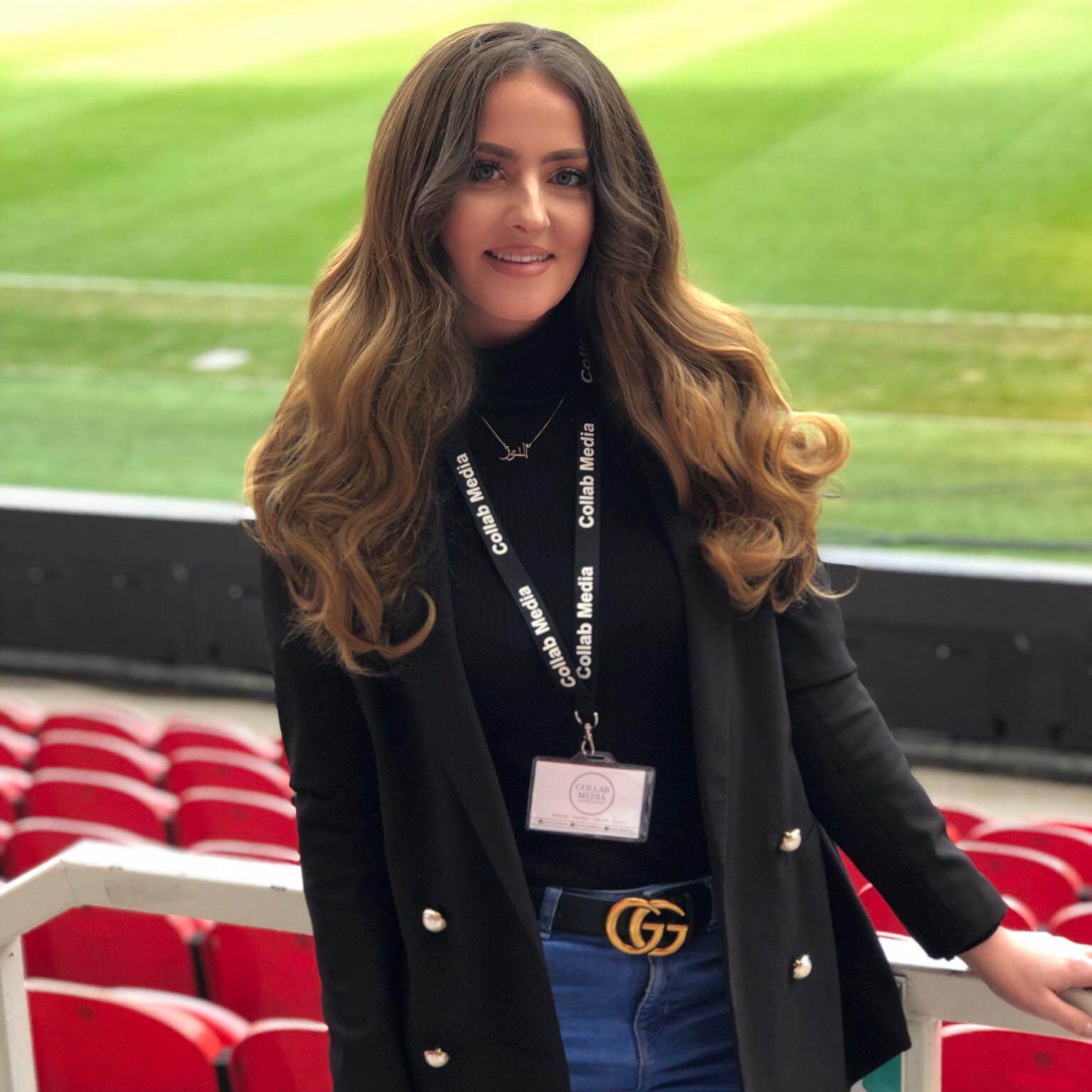PRATS NEED NOT APPLY! (GUIDE TO A SUCCESSFUL STUDIO)
There’s this myth, that a single visionary is required to build great creative. Tosh! Great teams build great creative; moreover, in my experience, the greatest teams prioritize and nurture a healthy and positive internal culture because they understand it is critical to the design process itself.
In my time of leading creative teams I have become obsessed with the differences between a successful studio and a merely effective one. In the end what makes or breaks a studio depends on its ability to evolve its skills and competencies while remaining uber creative.
However, simple adaptability is not enough. In an ever-flexing and morphing hyper-competitive market, what I’ve found to be even more important is the value of laughter, empathy, a collective responsibility and, (most importantly), a distinct lack of ego.
I measure our success, (beyond incredible creative), on creating a studio and a studio culture here at Union where the creative capacity of the collective team is palpable; where our designers love to come to work, and visitors remark how positive and creative it feels.
I’ve put together a kind-of guide on the (often-overlooked, humanist leaning) behaviours that make a studio happy, functional and sustainable...
Say “Hello” and when you leave say “Goodbye.”
It’s not that complicated. But this common courtesy is as important and plays functional role in a studio. Because design work is naturally collaborative there needs to be some type of announcement that declares, “Here I am. I am going to contribute.” As someone who leads/listens to a team, I often use the way in which somebody says “Good morning” as a barometer of their mood. It tells me how they are feeling without me having to ask. While it may appear trivial, the act of observing (and even encouraging) these subtle cultural rituals increases a studio’s functionality by making it more personal.
Laughter
The role of laughter in an effective studio also cannot be understated. Laughter can be exclusive or inclusive: how you define the role of laughter within the studio defines the studio itself. If we cannot laugh at and laugh with, then we cannot function.
Laughter deflates conflict when a moment becomes too serious.
Laughter invites participation and draws a team closer together.
Laughter offers a rallying cry (“Laughing in the face of adversity’), especially when “The Business” asks the team to “do more with less.”
Laughter leads to creativity.
Laughter is serious business.
Eat Together
What applies to a family often applies to a studio. I was taught, “A family that eats together stays together.” There is something so natural and primitive about coming together to eat. Great bands, movements and many great ventures have all started around a kitchen table — invariably with wine — but we’ll save “The Value of Alcohol” for another blog.
Lunchtime marks a natural pause in the day and becomes a great opportunity for conversation and ultimately creativity. Eating at your desk or in one’s cubicle seems so awful to me and far too solitary for a culture tied so closely to collaboration. Instead, find a table so that members of the team can eat together as a group — doing so will bring a team together. Therefore, a studio should prioritize eating together. You are bound to learn something about your colleagues or yourself.
The Walls
It is important when you walk into any studio that you feel as much as see what is being concepted — the studio should crackle with creative energy. Specifically, I believe you can determine the health of any design studio simply by looking at its walls.
The benefit of getting work up and out of your computer and onto the walls of a studio are as follows:
- Increases Visibility
- Facilitate Conversations
- Grows Collective Ownership
- Facilitates Iteration
- Clarifies Ideas
- Creates Connections
- Simplifies Thinking
- Inspires
Design The Design
There’s one very simple rule when innovating: design the process to fit the project.
In the world of so-called “consulting”, customizing the design process is easy because every project is different. Regardless of where we work, the challenge becomes how to modify the design process.
Mind Your Language
It is important to constantly check that people share the same understanding of a word, phrase or name. Ideally at the outset of the project you should define the language, almost to the point of giving each person on the team a list: when we say this, this is what ‘this’ means. This pedantic approach is particularly important in multicultural studios where a diverse language encourages multiple, sometimes volatile, interpretations.
Pow Wow
There are very few highly confidential things in an effective studio, which is why we are completely open-plan. Why go in a room and close the door? Instead, move most conversations out in the open. They will be better as a result.
Conversations in the open allow others to tune in, tune out or overhear what is going on. Sometimes people, not initially part of the conversation, will spontaneously jump in, taking the conversation in a new and more interesting direction.
Moreover, if there are difficult things that people need to say, maybe they will pick their words a little more carefully if conversations take place out in the open. The potential for damage and offense is much greater behind closed doors, than out in the open.
We Are All Leaders (At Some Point)
There’s management and there’s creative leadership. A team will quickly become subservient and will design only what they are instructed to design.
At any point everyone should feel the responsibility, or the opportunity, to lead. It is so important to be collectively responsible. No one person can lead these dynamic projects effectively in a studio because they are never two-dimensional.
This also creates collective accountability, generating a feeling that at least one piece of a project belongs to an individual. At any moment a member of the team should be able to point to the project as say, “We made this. I did that.”
Turn Everything Inside Out
Designing products for people requires that you get inside their minds, feelings, motivations and values. To do so, a smart designer must invert their own worldview and see the world through someone else’s eyes in order to empathize with them. This ability to empathize with others, a very humanist behaviour, is perhaps the most important capability and characteristic of both a studio and a designer.
Bring The Outside In
We spend most of our time with our colleagues at work rather than with our partners or families. (I’m a little different because I work with my wife). So whether we like it or not, we are all going through this life together. We should embrace that fact.
Yes, I understand people value privacy and you must respect that boundary. But the reality of the modern studio is that boundaries often blur. In fact, I think it is good that they are blurred. Children, pets, and hobbies — shared human connections and interests — promote this intimacy.
This relationship cuts both ways. For the studio it is important for the team to know my family as well: when you get me, you get the family. There are all these management books that say, “You should be the first one in and the last one to leave.” Bullshit!
I sometimes have to leave earlier to get my son. Basically, it’s important the team knows what is important to me and I know what is important to the team.
No Prats! (Yes I did just bring a retro term into this!)
My definition of a prat is a person whose ambition for themselves or their own career is greater than their ambition for the project or team.
If you have a prat in the studio then the entire environment, the productivity, the creativity, and the product decisions themselves skew away from the product or team goals. As a result, the product is a vehicle for their ego, and it should be the inverse.
I also don’t believe that you have to be a prat to lead people, studios, and projects. Some of the most brilliant people I’ve worked with are also some of the most open, generous, and humane people.
It is a perpetuated myth that great products are built by a single visionary. Often the people who think they are visionaries are just egomaniacal prats. I honestly believe that great teams build great products and that careers are made by people that prioritise great products first, not their own ambition.
